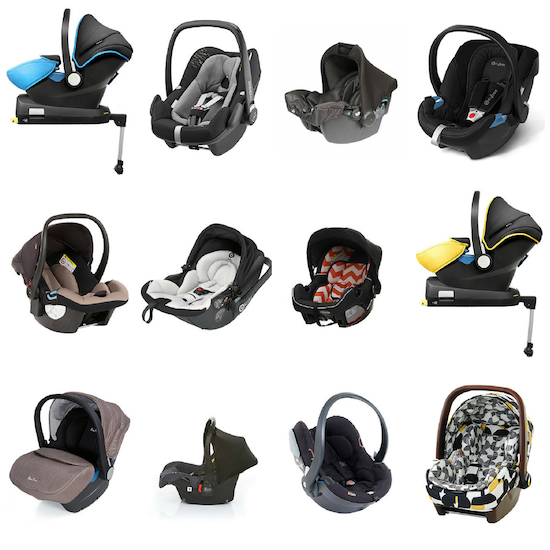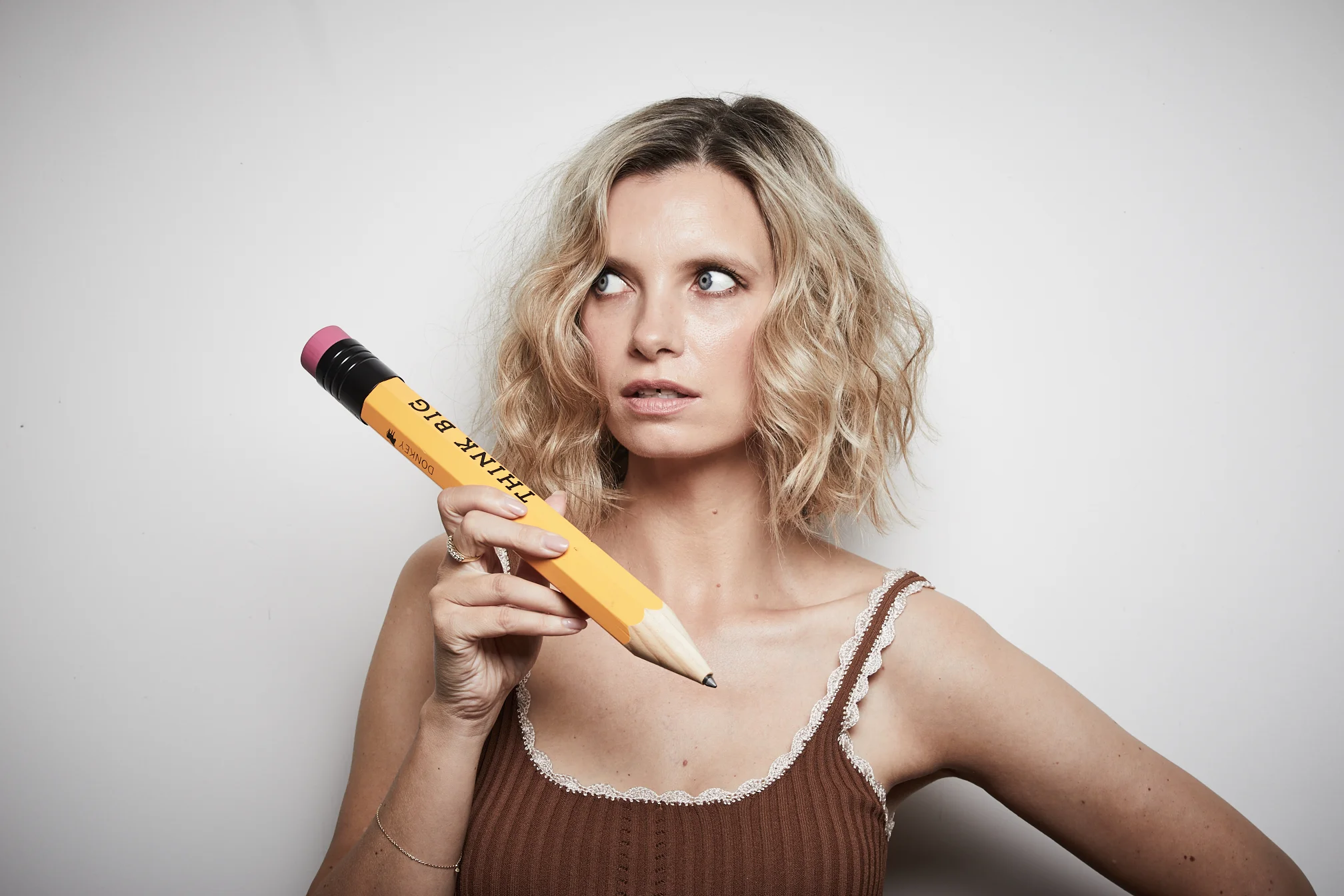
OK, so conundrum is rather dramatic a word to use, but we are currently in a quagmire of confusion trying to work out which type of car seat we need for Angelica now that she has outgrown the Cybex Aton Q and needs more room to stretch her legs.
In an entirely selfless move (ha!) I’m going to attempt to test and review quite a few of the bestselling baby and child car seats on the market and unpick the dos from the don’ts when it comes to choosing a new one. As far as I can see so far, there are seats that adjust as the baby grows and then there are more age- or size-specific seats and each type has its own set of benefits, with (I expect) cost or value-for-money being quite a consideration (alongside the obvious safety issues), especially if you have – or intend to have – more than one baby.
Before embarking on my mega-test session, I’ve enlisted the help of Karl Doyle (product director at Mothercare) and hassled him with many car seat questions. Hopefully the answers will be helpful to you if you’re looking at car seats yourself (whether for a first baby or an older infant or child) but at the very least they’re something to refer back to when I’m appraising the seats that I test and review.
There are so many different car seats – for those with a baby on the way, where should they start? Is there a benefit to beginning with a “baby seat” and then swapping to a larger one when they grow out of it, or is a “one seat fits all” type better? (For ref, I currently have the Cybex Aton Q which is a group 0+.)
KARL: This completely depends on a parent’s lifestyle. A baby car seat is great for parents who want to have the flexibility of moving their baby in their car seat between car, home and pushchair, without disturbing them. This is because many models are compatible with pushchairs and can be clicked onto the chassis (often with the addition of adaptors) to convert them into a travel system, as well as many models being compatible with an ISOFIX base which allows you to click the car seat on and off the base. Some parents may prefer multi group or all in one car seats, when they intend on keeping the car seat fixed in the car. Some may also like the longevity that this type of car seat offers as there are models that last from birth – 12 years old.
Many seats now seem to be rearward facing even when a child is no longer a baby; what are the benefits of a rear-facing seat?
KARL: In a frontal collision, which is the most common collision on our roads, a rearward facing car seat reduces the impact on a baby’s vulnerable head and neck. Your baby’s head is proportionally larger and heavier than the rest of his body for the first few years as the bones and muscles in his neck are still developing to support his relatively heavy head. That is why we say it is safer to keep using a rearward facing car seat, even when no longer a baby.
A rearward facing car seat spreads the forces in a frontal collision over the whole back and so protects the child’s head and neck. If your baby travels in a forward facing car seat and you have a frontal collision, his head can be thrown forwards. This puts stress on his head and neck, potentially causing serious injury.
The iSize (R129) legislation says that babies must travel rearward facing until they are at least 15 months old, which is when the muscles and bones in their neck are more developed. We encourage where possible to keep a child rearward facing for as long as possible, ideally up to 4 years old.
Do those with very tiny or premature babies need to factor in any extra considerations?
KARL: Newborn or premature babies should be lie flat for most of the day, so try to keep journeys for newborns up to 4 weeks old, no longer than 30 minutes. If a longer trip is needed, then ensure regular breaks are taken to allow baby to stretch out for a while away from the car seat.
Is car make and model a big consideration when choosing a seat? What about older cars with no isofix?
KARL: When purchasing a car seat, it is always important to consider what car seat is right for baby and what car seat is right for your car, as not all car seats fit all cars. It is always recommended to visit a store so a car seat advisor can check if the car seat fits your car and can show you how fit it correctly. Many older cars are do not have ISOFIX connectors built-in and so can only take car seats that are belted into the vehicle. Again our car seat advisors can show you how to fit your belted car seat into your vehicle correctly.
When it comes to car seats, do you really “get what you pay for” – is it worth investing well as you would with a pushchair or good mattress, or are they all fundamentally the same?
KARL: All car seats sold in the UK must comply to the R44.04 (or R129/iSize) standards. However, some car seats do go beyond the minimum standard, with additional safety features. Often more expensive car seats are developed and tested to higher standards and thresholds (e.g. iSize), which can be costly for the manufacturer to do and so is reflected in the price that parents will have to ultimately pay for the seat.
So things are a little clearer in my head after my Q&A session with Karl: that rearward facing, even after 15 months, is preferable and that – in terms of seat size – going for a specific age range over a “one size fits all” depends on lifestyle and individual needs. I hadn’t thought of this before, because I was on a bit of a “one size fits all? That’s genius and a no-brainer!” excitement spiral, but actually if you need to be able to take a newborn in and out of the car easily and transfer them to pram wheels, a hulking great seat that fits a twelve year old is NOT GOING TO WORK! You’d need to put it in a shopping trolley. Ha!
OK, testing starts today with the Cybex Sirona iSize, which is rearward facing until four years old. I’m starting with Cybex because I have been so thrilled to bits with the Aton – it has to be one of the best-looking newborn/baby seats out there as well as having loads of extra safety features and a near-flat lying position for newborns. This is what “New Baby” will be coming home in in a few weeks’ time.
If you have any suggestions or requests in terms of which car seats you’d like to see tested then let me know – I have a few lined up, but actually wouldn’t mind trying a couple that are in the “under £100” price bracket to see how they compare… (Why I give myself these challenges with weeks to go before a new baby I have no idea, but it’s good to stay busy!)


0 Comments